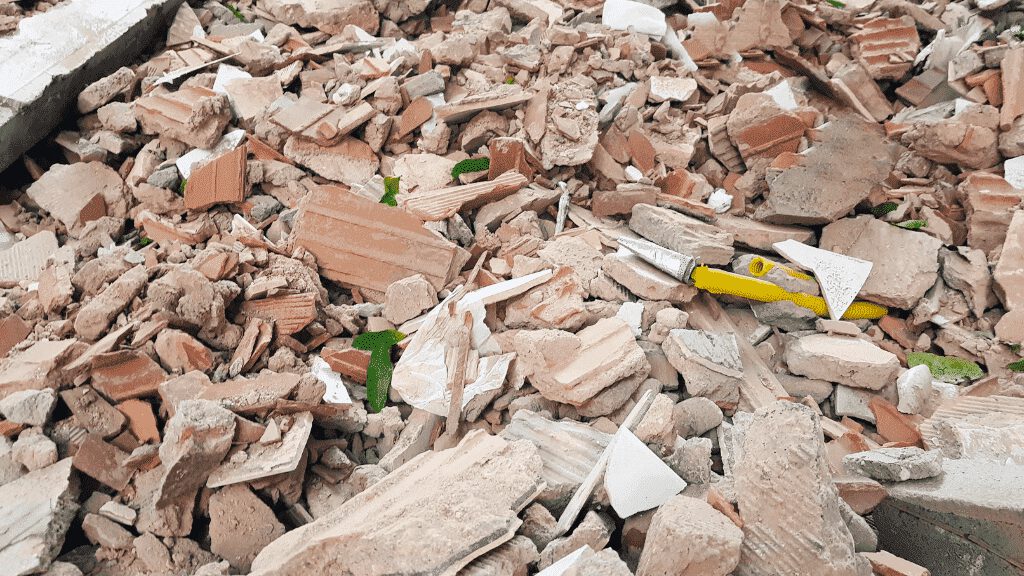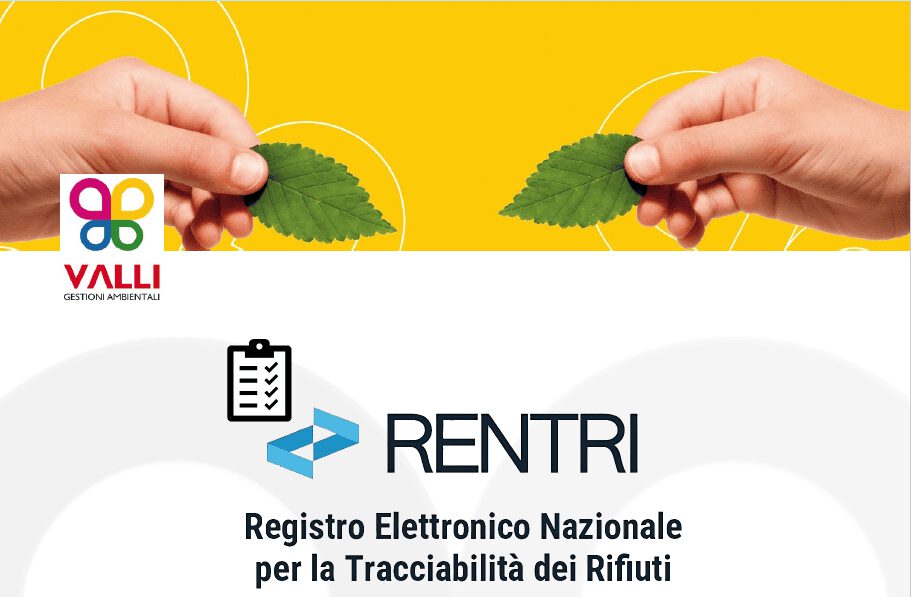Waste management is one of the most complex variables that construction sites must keep under control, to ensure that the material does not disperse and damage the environment. Management activities, in fact, include:
- temporary storage;
- transport;
- the initiation of recovery procedures or disposal.
According to what has been said above, temporary storage can only be carried out within the construction site. Waste may not be accumulated at the company’s premises.
Exceptions are maintenance activities involving limited interventions, for which the law provides for the possibility of temporary storage on site, if the necessary authorizations and documentation are available.
However, this deposit must be carried out starting from the identification of a specific area, making sure that the waste does not run the risk of mixing or mixing with the affixing of a sign with the code that defines it unambiguously.
What is meant by inert waste
Construction and demolition waste is classified as “special” waste since it is composed of a part of inert material and materials classified as hazardous which – as such – must be treated according to the characteristics of toxicity or harmfulness identified with appropriate analyses.
Inert waste corresponds, by definition, to solid waste that does not undergo any physical, chemical or biological transformation. They therefore do not disperse into the environment and do not undergo processes of natural degradation.
It is therefore important that inert materials are not contaminated by other hazardous substances so as not to create harmful effects on health and cause pollution. But from this definition we understand above all why inert materials cannot simply be abandoned in the environment but must be disposed of according to well-defined procedures. For example: masonry, rubble, bricks, mortars and plasters must be separated from plastic, wood and various metals such as iron and aluminum in order to ensure their recycling and transformation.
How construction waste is treated
The disposal of construction waste is governed by Article 184, paragraph 3, letter b, of Legislative Decree no. 152 of 3 April 2006, which defines “special waste” as waste from demolition and construction activities, as well as waste deriving from excavation activities. When the amount of construction waste produced is large, the collection and transport of waste must necessarily be carried out by specialized companies registered in the Register, such as Valli Gestioni Ambientali. The transport of large quantities of inert waste must be accompanied by two documents:
- The transport assignment which contains all the information on the sender, timing, materials and quantities.
- The identification form, i.e. the document that facilitates the traceability of waste.
According to the provisions of the relevant law, anyone who transports waste without the form or indicates incomplete or inaccurate data in the form is punished with an administrative fine of 1,600 euros.
CER Code for construction waste and penalties
Legislative Decree 152 of 2006 took up the previous European directives on waste disposal, which had introduced the list of CER codes. The EWC codes of waste in the construction industry are numerical sequences, consisting of 6 digits that allow you to determine how waste should be treated, based on the production process from which it originates. The disposal of construction waste is divided into several phases that must be followed scrupulously to avoid incurring penalties.
It starts with the identification with which a EWC code is assigned to waste, giving it a precise definition.
The next step is the analysis of the level of toxicity of the substances present in them.
On the basis of the results obtained from the previous analysis, we proceed with the choice of the destination plant and move on to the waste approval phase . The latter is necessary to identify the physical and commodity characteristics of each waste and to understand whether it is suitable for being subjected to the processes that allow its recycling or disposal.
The final phase is related to transport and traceability: once the verification procedures are completed, the waste is transported to authorized landfills, accompanied by the Identification Form.
In the event that these steps are not respected, the law provides for specific penalties by making a distinction between natural and legal persons.
For private citizens, in fact, the payment of a fine of a few tens of euros is required. While, if it is the owners of the companies who abandon waste, the matter is quite different. The law sanctions the offense with very high fines that start from 5000 euros and even exceed 50 thousand.
Valli Gestioni Ambientali deals with the collection, transport and storage within its plants of construction waste that is treated for subsequent recovery or disposal. In addition, the company also provides its customers with a chemical analysis service for the classification of excavated soils and rocks. If you are the owner of a construction company and are looking for a company specialized in waste management, fill out the form to be contacted and receive a free quote.




